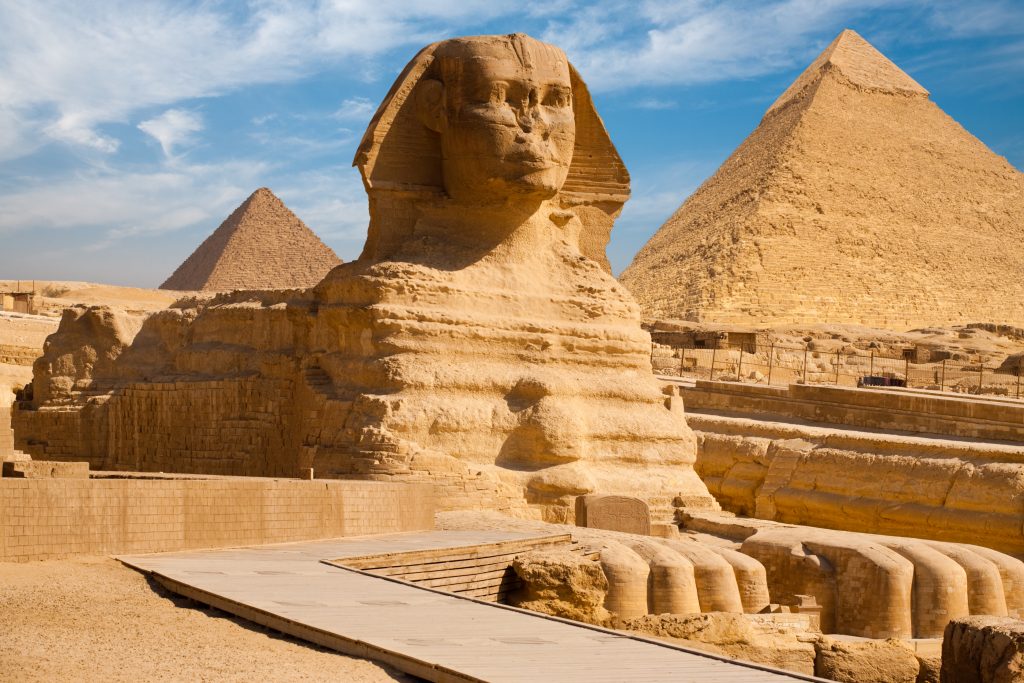Some countries may build statues primarily as a way to showcase their national identity or history, while others may focus more on the tourism potential of a giant statue. Religion, engineering feats, and political motives can also play a role. Ultimately, the reasons for building statues are likely to be a complex combination of cultural, economic, and political factors that vary from country to country and statue to statue. Here are some of the most impressive statues in the world.
Statue of Liberty – New York City, USA
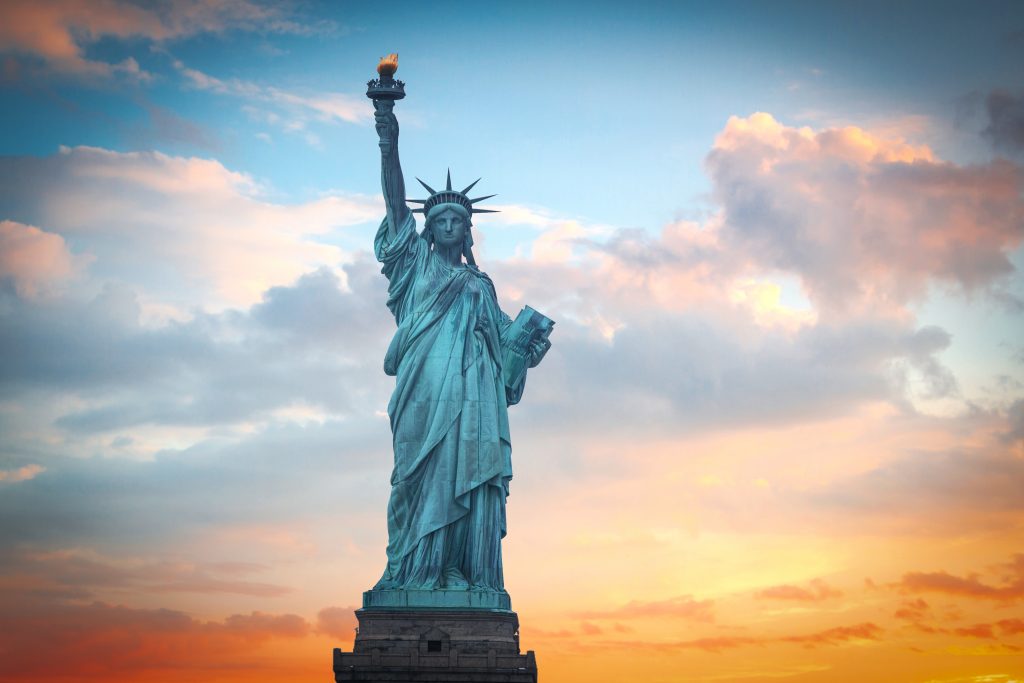
The Statue of Liberty is one of the most iconic symbols of the United States and a must-see attraction for millions of tourists every year. Located on Liberty Island in New York Harbor, the statue was a gift from France to the United States in 1886 to commemorate the centennial of American independence. Designed by the French sculptor Frédéric-Auguste Bartholdi and built with the help of Gustave Eiffel, the statue stands 151 feet tall and weighs over 225 tons.
The statue depicts a woman holding a torch in her right hand and a tablet in her left hand, on which is inscribed the date of the Declaration of Independence. Her flowing robes and broken chains at her feet represent freedom and democracy, while her crown of seven rays symbolizes the seven seas and seven continents of the world. Over the years, the Statue of Liberty has become a symbol not just of American patriotism, but also of hope and welcome to millions of immigrants who have arrived in the United States seeking a better life. Today, visitors can climb up to the statue’s crown for a panoramic view of the New York City skyline, or visit the nearby museum to learn more about its history and significance.
Christ the Redeemer – Rio de Janeiro, Brazil
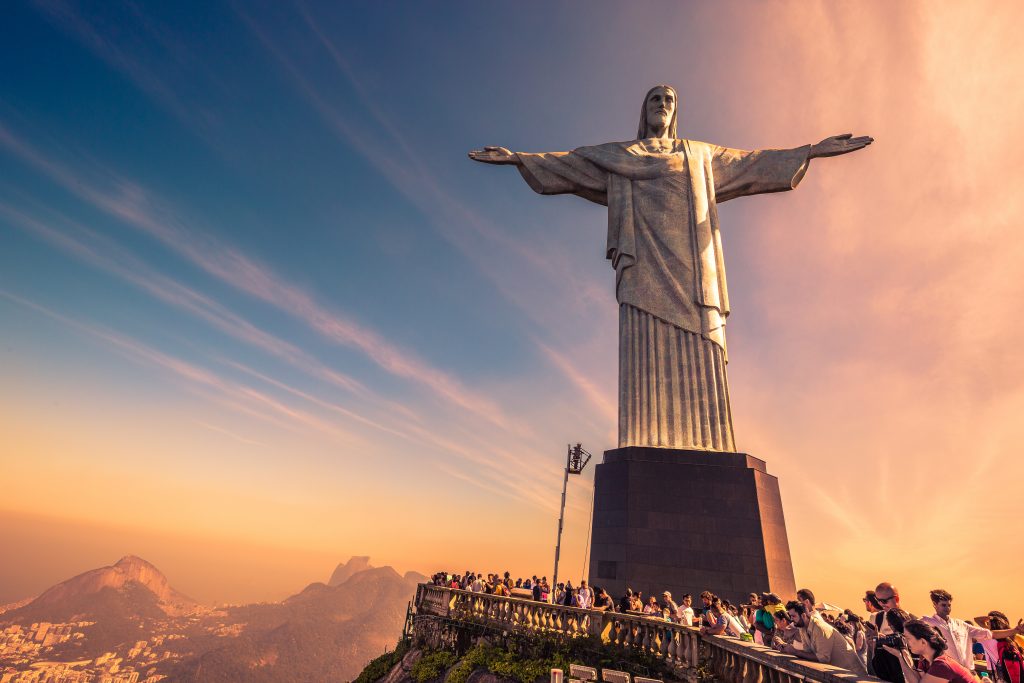
Christ the Redeemer is one of the most recognizable and impressive statues in the world, located in Rio de Janeiro, Brazil. The statue stands at 98 feet tall, with a wingspan of 92 feet, and sits atop the Corcovado mountain overlooking the city. Constructed between 1922 and 1931, Brazilian engineer Heitor da Silva Costa designed the statue, with the help of French sculptor Paul Landowski.
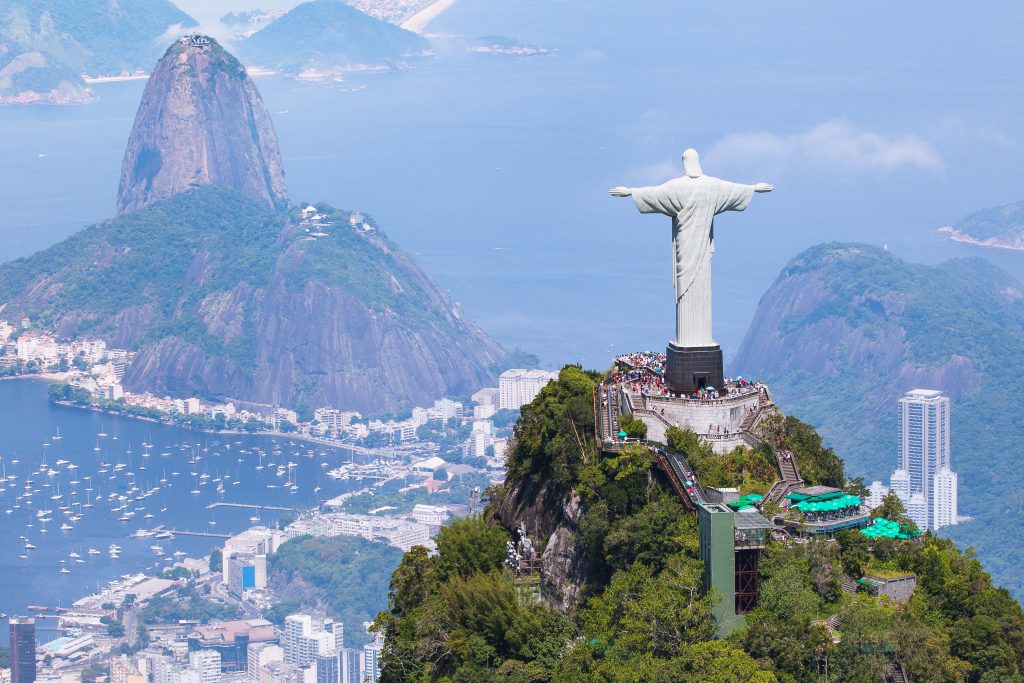
The statue is a representation of Jesus Christ with open arms, symbolizing the peaceful and welcoming nature of the Brazilian people. It has become a major landmark and tourist attraction, with millions of visitors coming to see the statue each year. The statue’s location on a mountaintop also provides breathtaking views of Rio de Janeiro and its surroundings. In addition to its cultural significance, Christ the Redeemer has also become a symbol of environmental awareness, as the statue was recently illuminated with green and blue lights to raise awareness about climate change.
The Great Sphinx – Giza, Egypt
The Great Sphinx is one of the most ancient and mysterious statues in the world, located in Giza, Egypt. It is believed to have been built during the reign of the Pharaoh Khafre around 2500 BC, and stands at 66 feet tall and 240 feet long. The statue depicts a mythical creature with the head of a human and the body of a lion, which has been interpreted as a symbol of kingship, power, and protection.
Despite its age and iconic status, the Great Sphinx remains shrouded in mystery, with many questions about its original purpose and construction still unanswered. Some theories suggest that the statue may have served as a guardian of the nearby pyramids, while others speculate that it may have had a religious or astronomical function. The Great Sphinx continues to attract visitors and researchers from around the world, who are eager to uncover the secrets of this ancient wonder.
Moai Statues – Easter Island, Chile
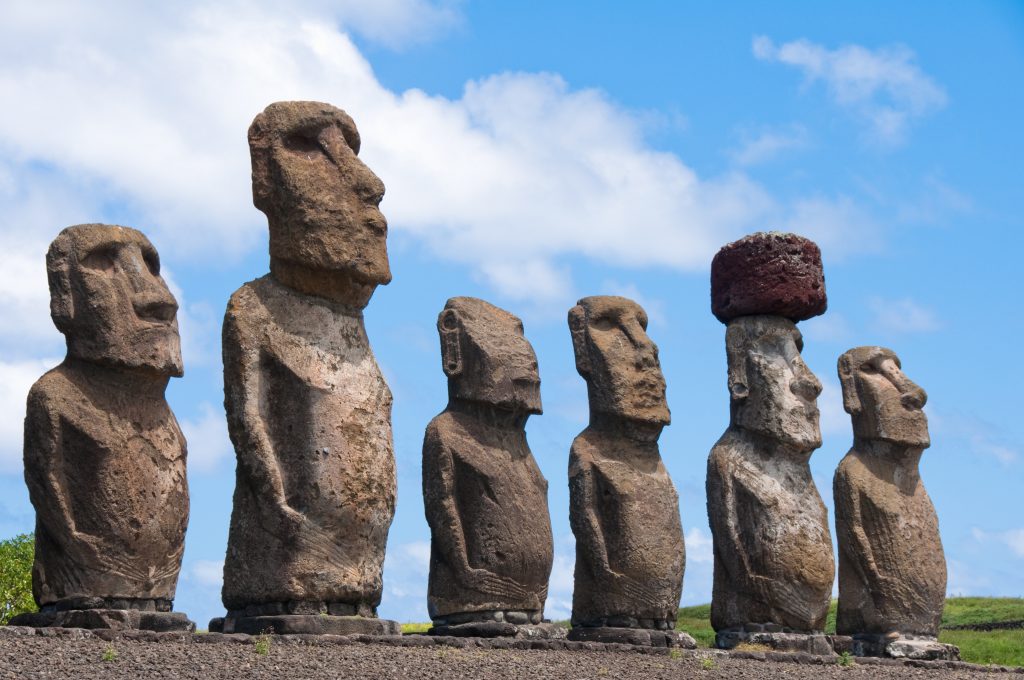
The Moai Statues are a collection of monolithic sculptures located on Easter Island, Chile. Carved from volcanic rock between the 13th and 16th centuries, the statues range in height from a few feet to over 30 feet tall and are known for their distinctive elongated heads and torsos. There are over 900 Moai statues on the island, each representing a deceased ancestor and believed to hold spiritual power.
The Moai Statues continue to intrigue and fascinate archaeologists, anthropologists, and tourists alike, as they represent a remarkable feat of engineering and artistic skill from a time before written records. Their construction and transportation from the quarry to various locations on the island remains a mystery, as does the decline of the island’s civilization and the meaning behind the Moai statues. The statues remain an important cultural symbol for the Rapa Nui people, who have worked to preserve and protect their heritage and environment for future generations.
Terracotta Army – Xi’an, China
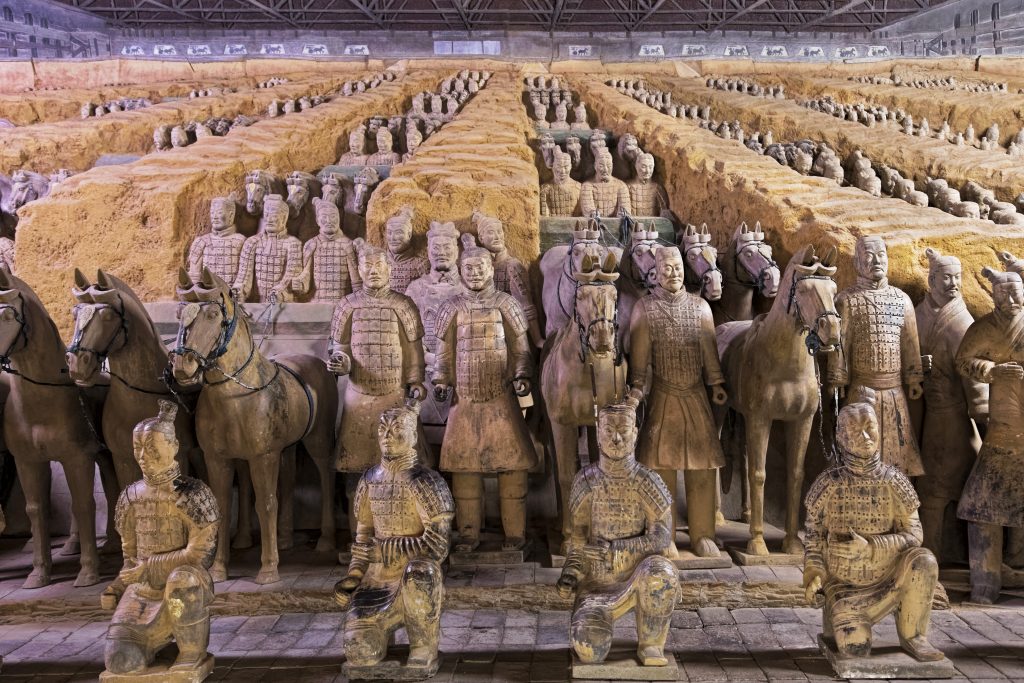
The Terracotta Army is a vast collection of life-sized clay soldiers, horses, and chariots located in Xi’an, China. Created over 2,000 years ago during the reign of Emperor Qin Shi Huang, the army was built to protect the emperor’s tomb and is believed to represent his army in the afterlife. Discovered by farmers in 1974, the Terracotta Army is now one of the most famous archaeological sites in the world, attracting millions of visitors each year.
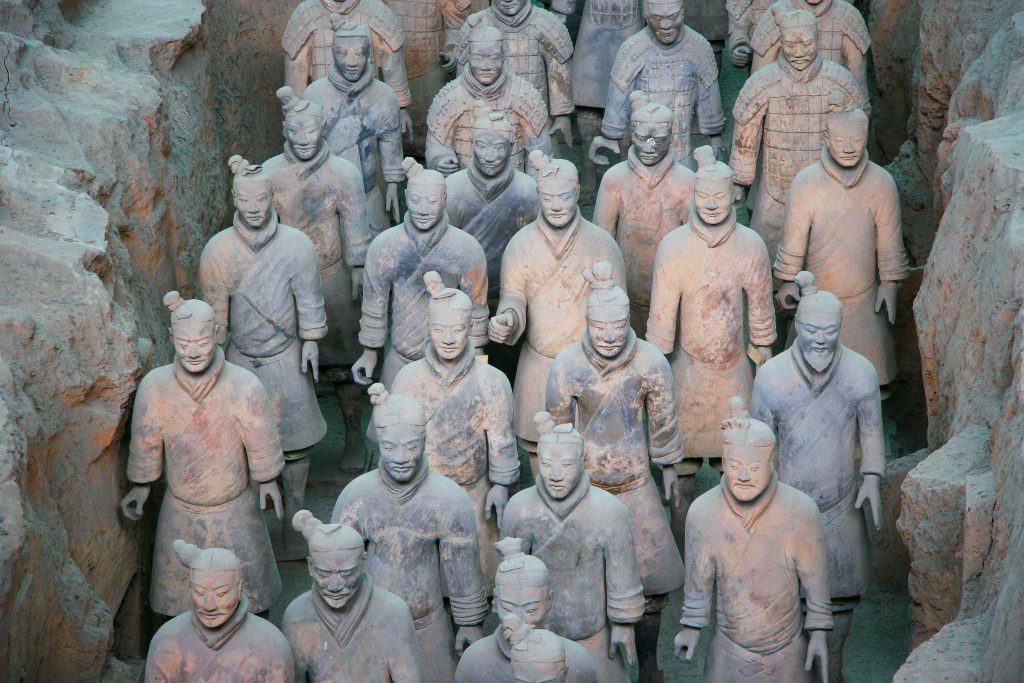
The army comprises over 8,000 soldiers, each with its own unique facial features and armor, as well as horses, chariots, and other military equipment. The level of detail and craftsmanship in the sculptures is remarkable, and provides a glimpse into the artistic and technological achievements of ancient China. The Terracotta Army has also been designated a UNESCO World Heritage Site, and efforts are underway to preserve and protect the site for future generations to appreciate and study.
Lord Murugan – Batu Caves, Malaysia
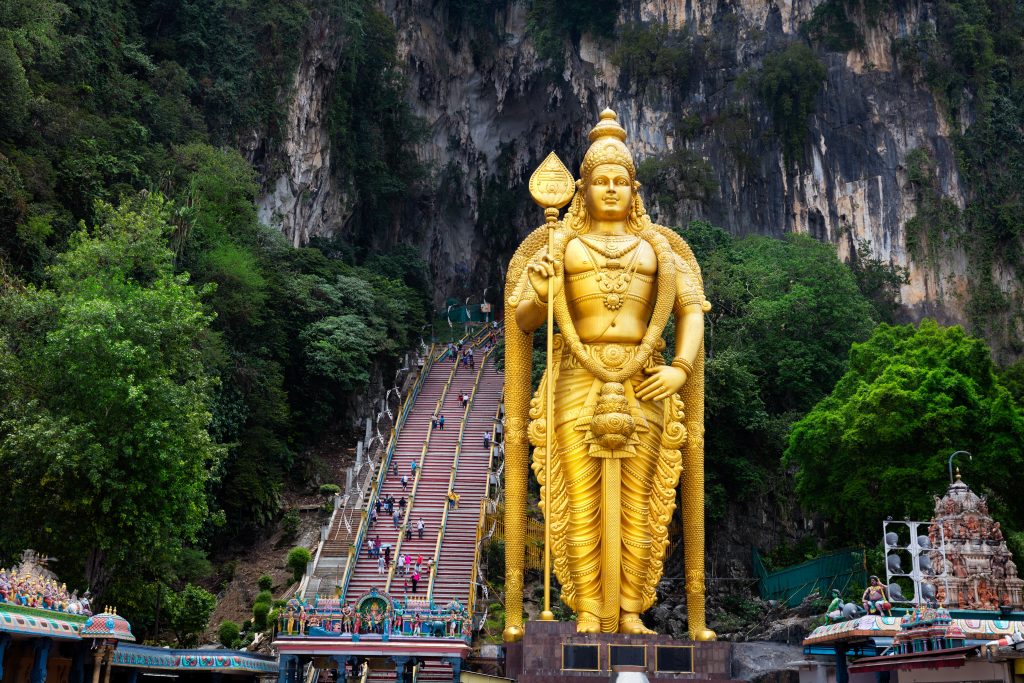
Lord Murugan is a Hindu deity worshiped by many Malaysians, particularly those of Tamil descent. One of the most prominent places of worship for Lord Murugan in Malaysia is the Batu Caves, a limestone hill near Kuala Lumpur that houses a series of caves and temples. The centerpiece of the Batu Caves is a massive statue of Lord Murugan, which stands at 140 feet tall and is one of the largest Murugan statues in the world.
The statue was unveiled in 2006 and took three years to construct, with materials imported from India. The statue is made of 1550 cubic meters of concrete, 250 tons of steel bars, and 300 liters of gold paint. Visitors to the Batu Caves can climb a steep flight of stairs to reach the statue and enjoy the panoramic views of the surrounding hills and city. The statue and the Batu Caves have become a popular tourist attraction and a symbol of Malaysia’s diverse cultural heritage.
The Great Buddha of Kamakura – Kamakura, Japan
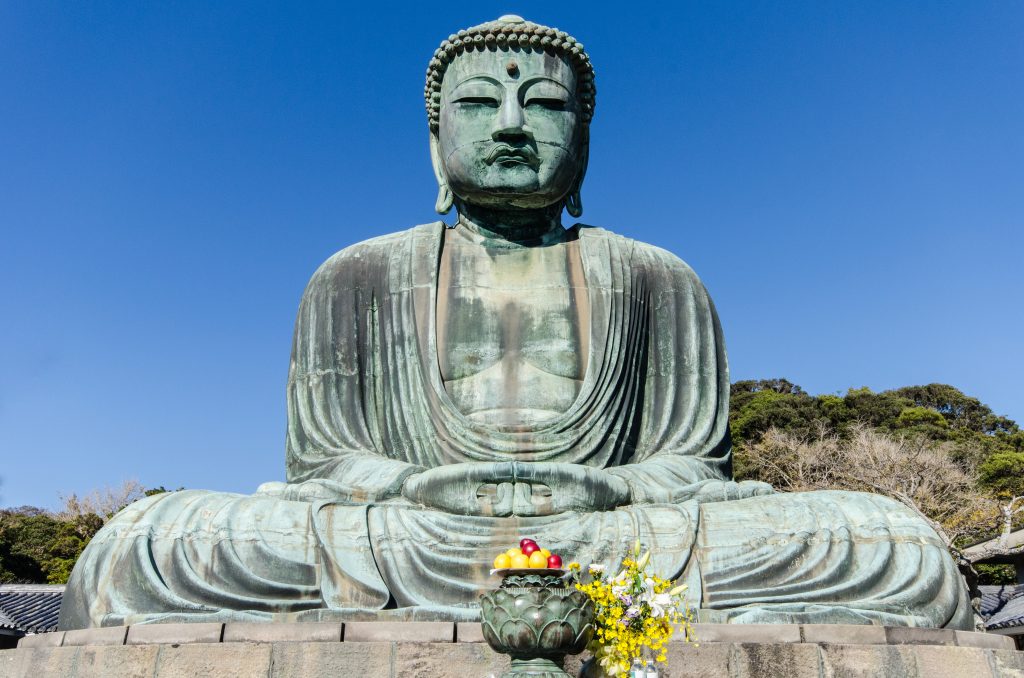
The Great Buddha of Kamakura is a monumental bronze statue located in Kamakura, Japan. Built in the 13th century, the statue stands at 43 feet tall and weighs over 120 tons, making it one of the largest outdoor bronze Buddha statues in the world. The statue depicts Amida Buddha, a figure revered in Mahayana Buddhism for his role in providing salvation to all beings.
The statue has a long and storied history, having survived numerous earthquakes, typhoons, and other disasters over the centuries. It has also undergone several repairs and restorations, with the most recent restoration completed in 2016. Today, the Great Buddha of Kamakura continues to be a major religious and cultural site, attracting visitors from all over the world who come to admire its beauty and learn about its spiritual significance. The statue and the surrounding area have also been designated as a UNESCO World Heritage Site, recognizing their importance as a symbol of Japan’s cultural heritage.
The Motherland Calls – Volgograd, Russia
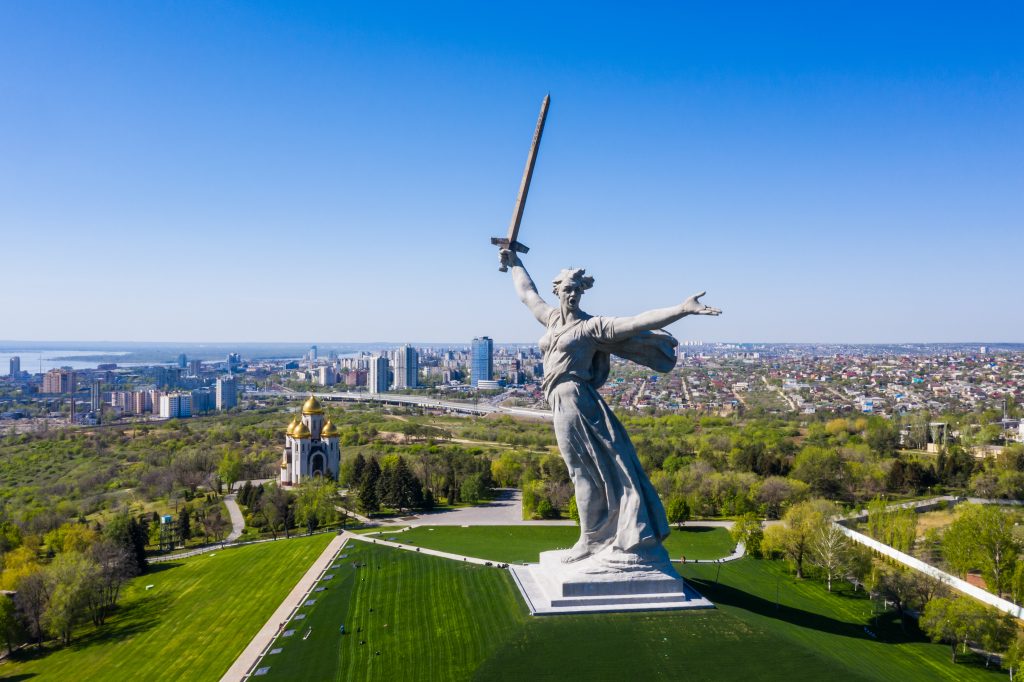
The Motherland Calls is a colossal statue located in Volgograd, Russia, formerly known as Stalingrad. The statue was built to commemorate the Battle of Stalingrad, a pivotal World War II battle in which Soviet forces defeated the Nazis, turning the tide of the war in the Eastern Front. The statue stands at 279 feet tall, with the figure of a woman holding a sword raised high in her right hand and calling on her people to defend their country. The statue is made of concrete and is held up by a steel framework.
The Motherland Calls is one of the largest statues in the world and is considered a masterpiece of Soviet monumental art. Its construction was a monumental feat, involving thousands of workers and engineers who worked tirelessly to complete the statue in just four years. The statue and the surrounding Mamayev Kurgan memorial complex have become one of the most important tourist attractions in Russia, attracting millions of visitors each year who come to pay their respects to the soldiers who fought and died in the Battle of Stalingrad. The statue remains a powerful symbol of courage, sacrifice, and patriotism, and a testament to the resilience of the human spirit in times of war.
The Lion of Belfort – Belfort, France
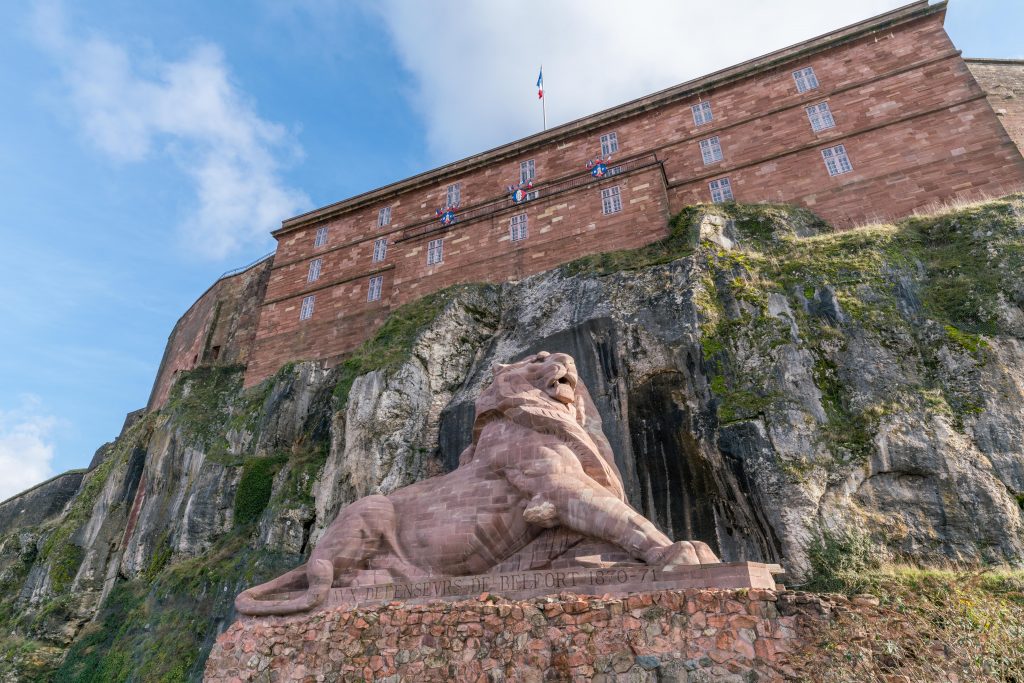
The Lion of Belfort is a bronze statue located in Belfort, France, created by the French sculptor Frédéric-Auguste Bartholdi, who also designed the Statue of Liberty. The statue was commissioned by the city of Belfort to commemorate the defense of the city during the Franco-Prussian War, which took place from 1870 to 1871. The statue depicts a majestic lion standing on a rocky outcrop, symbolizing the strength and courage of the defenders of Belfort.
The Lion of Belfort has become a symbol of French resistance and resilience in the face of adversity. The statue and the surrounding fortifications have been designated as a national monument, and visitors can climb up to the top of the rock to see the panoramic views of the city and the Vosges Mountains. The Lion of Belfort has also inspired numerous artistic works, including a poem by the French writer Victor Hugo, and is considered one of the finest examples of Bartholdi’s skill and vision.
Apennine Colossus – Florence, Italy
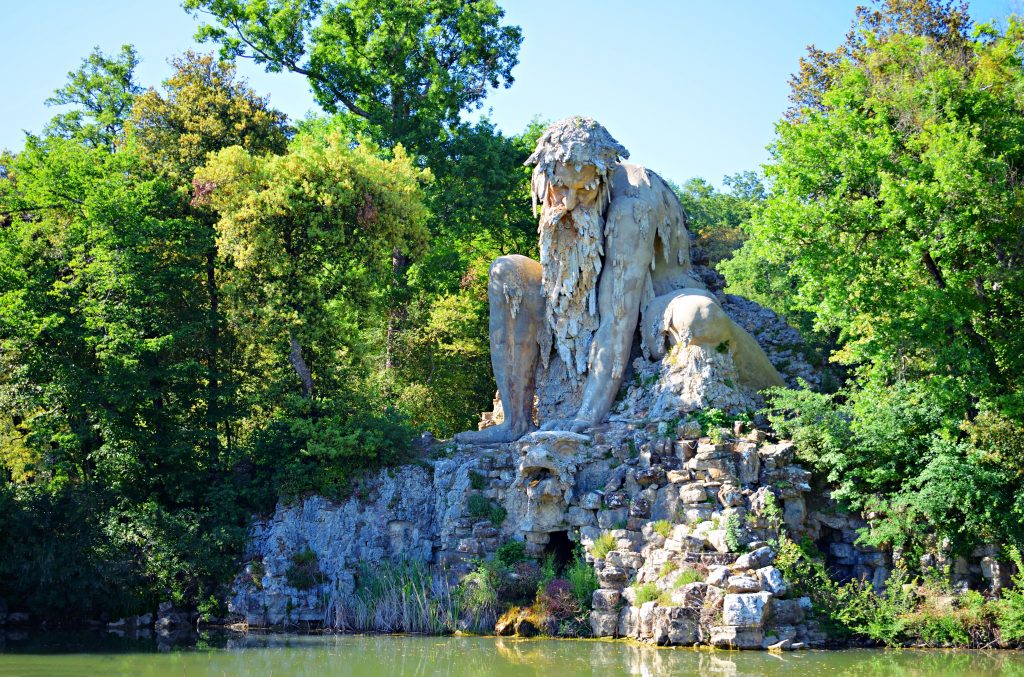
The Apennine Colossus, also known as the Appennino, is a monumental sculpture located in the Boboli Gardens in Florence, Italy. Created in the 16th century by the Italian sculptor Giambologna, the statue stands at over 35 feet tall and depicts a reclining figure of the god of the Apennine Mountains, surrounded by caves, waterfalls, and animals. The statue is made of stone and brick, with a layer of stucco that gives it a lifelike appearance.
The Apennine Colossus is a masterpiece of Italian Renaissance sculpture, known for its dynamic composition, intricate details, and sense of fantasy. The statue and the surrounding gardens have become a popular destination for visitors to Florence, who come to admire the beauty and creativity of this unique work of art. The Apennine Colossus also reflects the deep connection between art, nature, and spirituality that was central to Renaissance thinking, and remains an inspiration to artists and art lovers around the world.
Leshan Giant Buddha – Sichuan Province China
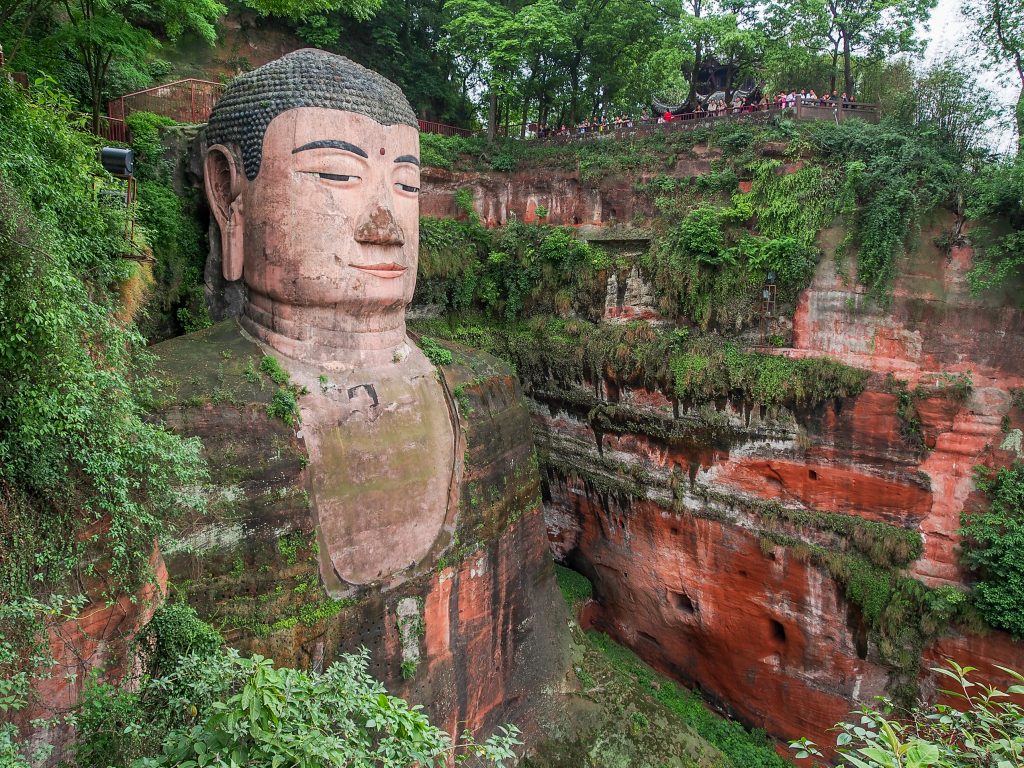
The Leshan Giant Buddha is a 71-meter-tall statue located in Sichuan Province, China. The statue was carved out of a cliff overlooking the Dadu River during the Tang Dynasty, which lasted from the 7th to the 10th century. The Leshan Giant Buddha is one of the largest stone Buddha statues in the world, and is recognized as a UNESCO World Heritage Site. The statue depicts Maitreya, a bodhisattva who is believed to represent the future Buddha.
The Leshan Giant Buddha is an impressive example of ancient Chinese sculptural art, known for its intricate details and impressive scale. The statue has survived numerous natural disasters and human conflicts over the centuries, and remains a popular tourist attraction, drawing visitors from all over the world who come to marvel at its beauty and learn about its cultural and historical significance. The statue also serves as a symbol of the deep spiritual and artistic traditions that have flourished in China for thousands of years.
